Evaluate the tread depth of your tires to make sure you have enough traction to grip the road. The penny test is a simple way to do this. Just place a penny upside down in your tread. If you can see the top of Lincoln’s head, it may be time for new tires.
Use a tire pressure gauge to make sure your tires are properly inflated and then fill your tires with air as needed. To check your pressure, remove the valve stem cap, press the gauge head evenly onto the valve stem, use firm pressure so that the hissing sound stops. Remove the gauge and read the pressure. Compare this to your vehicle’s recommended inflation pressure. Always check your tires while they are cold (after sitting for at least 3 hours or before you’ve driven 1 mile at moderate speed).
Never bleed pressure from a hot tire.
In addition to tread depth and inflation pressure, you should also inspect your tires for any damage or conditions that would warrant their replacement. Look at the tread and sidewalls for any cuts, scrapes, punctures, bulges, bumps or cracks. If you see anything suspicious, have a tire service professional take a closer look.
You also want to keep an eye on your tire’s age. Depending on how much you drive each year, your tire’s tread may last for years but just because the tread is not worn out does not mean that your tires don’t need to be replaced. Bridgestone, following industry standards, recommends that tires be removed from service no more than ten (10) years after the date of manufacture.
To determine your tires age just look at the DOT stamping on the sidewall. At the end of the DOT stamping there will be a 4-digit number.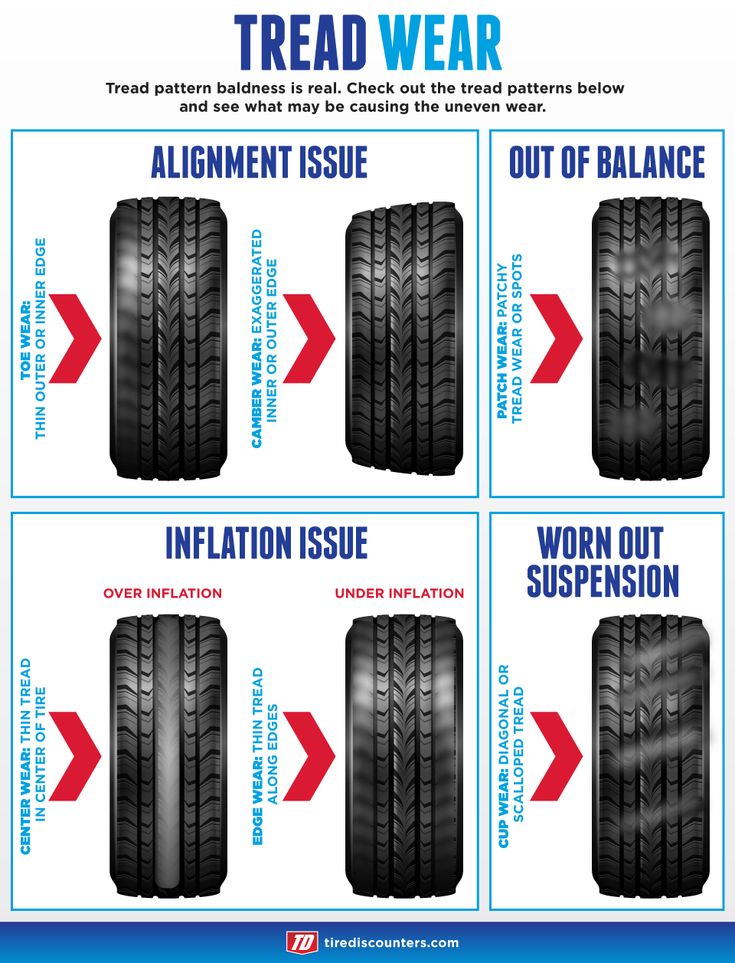 This is the date code. The first two numbers are the week and the last two are the year. For example, 4617 would tell you that the tire was manufactured the 46th week of 2017.
This is the date code. The first two numbers are the week and the last two are the year. For example, 4617 would tell you that the tire was manufactured the 46th week of 2017.
After fuel, oil is your vehicle’s most important fluid, and it gets worn and dirty during its lifecycle. Regularly scheduled oil changes will help keep your engine clean and avoid the potentially engine-damaging effects contaminated oil can inflict. If you want to maximize engine performance, and most importantly, engine life, don’t skimp on your engine’s most vital lubricant. Skipping oil changes, exceeding mileage or going long periods of time before your next oil change can accelerate the wear on the vital parts that keep your car running smoothly, eventually leading to premature engine breakdown.
Want More Road Trip Safety Tips?
See our easy road trip safety tips and learn more about prepping your car for travel.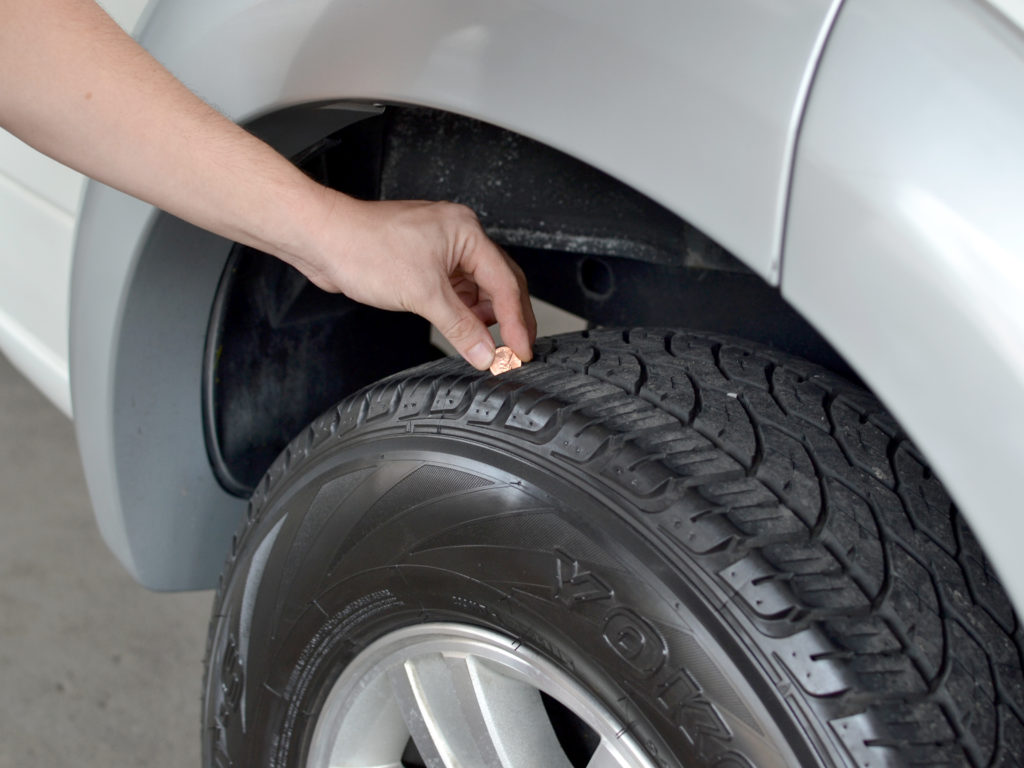
Learn about our mission, our achievements, and our ongoing commitments
Read Our Origin Story
When it comes to checking tire tread, there are a number of methods that can help you know if it’s time to replace a tire. Heavily worn tread will prevent a tire from performing as designed and can lead to unsafe driving conditions. One of the simplest, most common ways to check tread depth requires nothing more than a penny and a few moments of your time.
In the United States, tire tread depth is measured in 32nds of an inch. New tires typically come with 10/32” or 11/32” tread depths, and some truck, SUV and winter tires may have deeper tread depths than other models. The U.S. Department of Transportation recommends replacing tires when they reach 2/32”, and many states legally require tires to be replaced at this depth.
The idea of the penny test is to check whether you’ve hit the 2/32” threshold.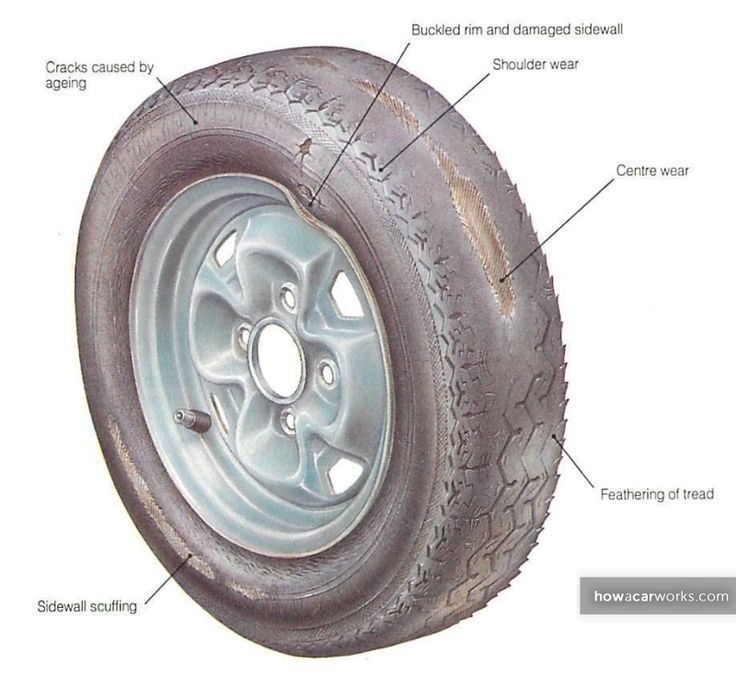 Here’s how it works:
Here’s how it works:
Place a penny between the tread ribs on your tire. A “rib” refers to the raised portion of tread that spans the circumference of your tire. Tire tread is composed of several ribs.
Turn the penny so that Lincoln’s head points down into the tread.
See if the top of his head disappears between the ribs. If it does, your tread is still above 2/32” , If you can see his entire head, it may be time to replace the tire because your tread is no longer deep enough.
When performing the penny tire test, remember not only to check each tire, but to check various places around each tire. Pay special attention to areas that look the most worn. Even if parts of your tread are deeper than 2/32”, you should still replace the tire when any areas fail the penny test.
Consistent wear around the whole tire is normal, but uneven tread wear could be a sign of improper inflation, wheel misalignment, or a variety of other things. If you see uneven tread wear, you should have a technician inspect your vehicle.
A simple way to check your tire tread depth is by using a tread depth gauge. You can find tire tread depth gauges at your local auto parts store. There are many models available, but an inexpensive simple graduated probe gauge will work just fine. All you have to do is stick the probe into a groove in the tread and press the shoulders of the probe flat against the tread block and read the result. All gauges should measure in both 32nds of an inch and millimeters.
Another indicator of worn out tread already lives in your tires themselves. Every performance, light truck, or medium commercial tire comes equipped with indicator bars (or wear bars) embedded between the tread ribs at 2/32”. They’re there to help you monitor tread depth and make decisions about tire replacement. Just look to see if the tread is flush with the indicator bars. If they are, it’s time to replace the tire.
While the penny tire test does deliver on what it promises – indicating whether tread has reached the legal limit – it may not be the best indicator of whether your tires are safe for the road. Tire performance can diminish significantly before your tread hits 2/32”. Even though the law deems fit for safe driving may not prevent you from hydroplaning or losing control in rainy, slushy conditions. If you think your tires may be close to needing replacement, have them checked out by a licensed mechanic.
In fact, the average life of any tire is 5-7 years, but a lot depends on how the owner treats his car. Aggressive driving, improper seasonal tire storage, unrepaired suspension/balancing problems, incorrect pressure and other errors can significantly shorten tire life. But worn tires can be a serious problem on the road: an increased risk of uncontrolled skidding, hydroplaning, even accidents is the price that drivers and passengers have to pay for using old tires.
Each manufacturer indicates the so-called wear index on the tire profile, which most often looks like the inscription “Treadwear 100” and means a maximum of 48,000 km on a standard road surface (polygon). In a real environment and often not the most ideal roads, this number actually needs to be divided by 1.5 - we get 36,000 km.
By analogy, if the wear resistance index is 150, then this means “factory” 72 thousand km, 200 - 96 thousand km., and so on.
What are the dangers of worn tires on the road:
adhesion to the roadway deteriorates, which leads to an increased likelihood of skidding, accidents, hydroplaning in case of rainy weather;
reduced cross-country ability in off-road conditions;
increases the risk of a tire puncture while driving.
It is also worth remembering that the issue of tire wear is regulated by traffic rules, and you can get a fine for using “bald” rubber. Knowing what maximum tire wear is acceptable, this is easy to avoid: 1.5-2 mm for summer, and 4-5 mm for winter (a more accurate figure is indicated by the manufacturer).
Knowing what maximum tire wear is acceptable, this is easy to avoid: 1.5-2 mm for summer, and 4-5 mm for winter (a more accurate figure is indicated by the manufacturer).
1. According to the wear indicator on the tire. To find this indicator, you need to inspect the side of the tire and find one of the markings: a triangle, a company logo, a snowflake, or the abbreviation TWI. If the tread has worn down to this indicator, it means that the tire needs to be disposed of urgently.
2. Many people in the old fashioned way prefer to use a 10-kopeck coin. Insert it into the tread with the inscription "10 kopecks" towards you, and if it is visible, the wear level is too high, you need to replace the tire. This method is convenient, but not entirely accurate: by measuring wear in different parts of the tire in this way, it will be difficult to estimate its unevenness by eye, and this is also an extremely important indicator.
3.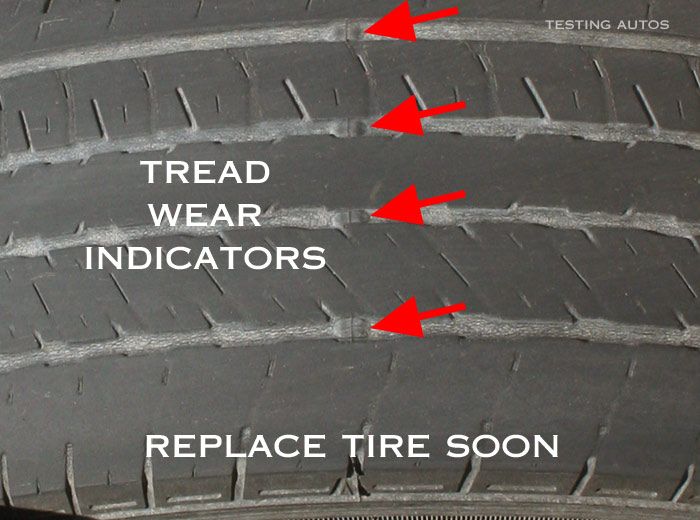 It is optimal to use a special gauge, depth ruler or caliper for these purposes. This will allow you to measure the wear of the tread in different parts of the tire with an accuracy of up to a millimeter and understand if there is uneven wear.
It is optimal to use a special gauge, depth ruler or caliper for these purposes. This will allow you to measure the wear of the tread in different parts of the tire with an accuracy of up to a millimeter and understand if there is uneven wear.
If measurements show different results in different parts of the tread, it is important to determine exactly how your tires wear in order to understand where and what the operating error is.
If the tread wears more on the sides and the center wears off less, this means that the tire pressure is insufficient and the contact patch with the road is not correct. This leads not only to poor vehicle stability, but also to increased fuel consumption.
If the tread is worn down the middle but the sidewalls are fine, then your tires are overinflated. Sometimes this is done intentionally in order to save fuel, but in this case, the tires will still have to be changed ahead of schedule.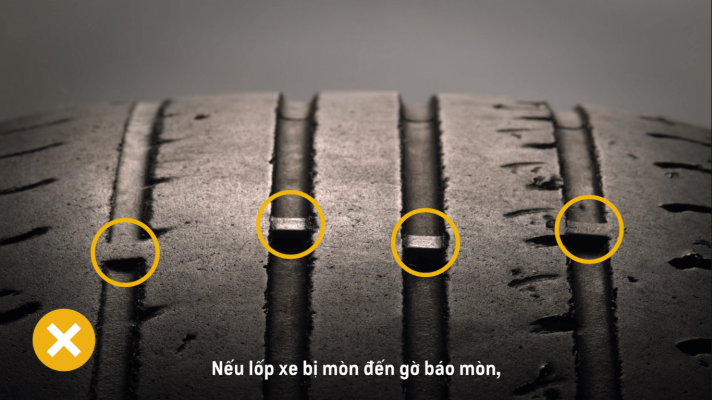
There is also the possibility of increased wear on the inside or outside of the tread - this indicates an incorrect camber. A visual table with wear options and their causes:
Cracks on the sides of tires can indicate frequent off-road driving, improper storage, low-quality rubber or long service life, as well as incorrect tire pressure.
Bulges or "hernias" on the sides of the tires appear as a result of the side part hitting hard obstacles. Tires with such damage are not recommended.
Dents on the tread indicate insufficient depreciation and unadjusted camber. Having found such damage, it is necessary to drive the car to the service and make sure that the suspension is in good condition.
Individual wear spots on the tread indicate aggressive driving / braking, skidding with wheel locks, or prolonged parking of the car in one position.
Most often, this is required for the sale and purchase of used tires in order to orient the buyer in the degree of their wear. Many sellers give this figure at random, but this method has nothing to do with the actual assessment of the degree of tire wear. It is also important to understand that a conditional 50% wear for a summer tire is an acceptable value, while 50% wear of a winter tire tread is a sign that the tire cannot be used. Therefore, it is important to know how to accurately determine the percentage of tire wear so as not to get into an unpleasant situation.
Many people divide the actual tread height by the height of the same, but new tire, and get a certain percentage of wear. This would be correct, if not for one BUT: we cannot physically erase the tread to zero, and the law prohibits the use of tires with a tread below the permitted values.
You can calculate actual tire wear by dividing the difference between the new tire height and the actual tire height by the difference between the new tire tread height and the minimum possible tread height for that tire, and then multiplying this number by 100.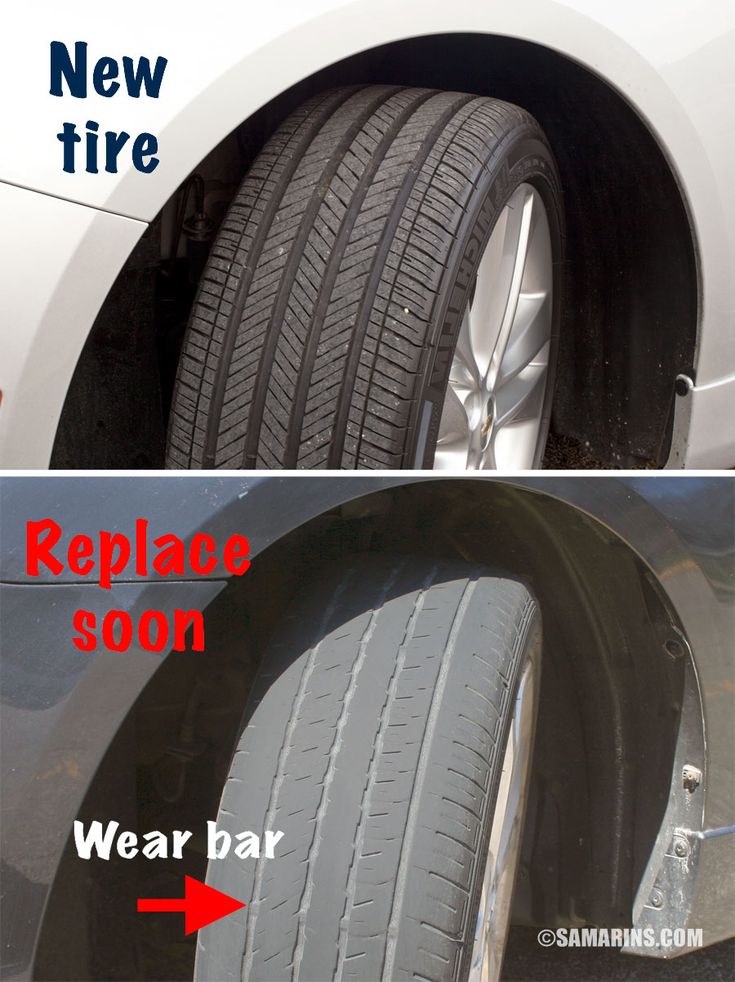
If it is impossible to find out the height of the same, but with a new tire, use the average values of your tire type:
| Tire type | Average tread height at start of use |
| Winter tires with Scandinavian tread | 10 mm |
| Winter with regular or asymmetric tread | 9 mm |
| High-speed winter | 7 mm |
| Summer tires with classic tread | 8 mm |
| Summer speed | 7 mm |
You can check summer tires for wear a little less often than winter tires, since in summer the tread depth is not so important for patency.
If you have assessed the condition of your tires on all of the above factors and realized that the tires are worn out, be sure to replace them with new ones as soon as possible.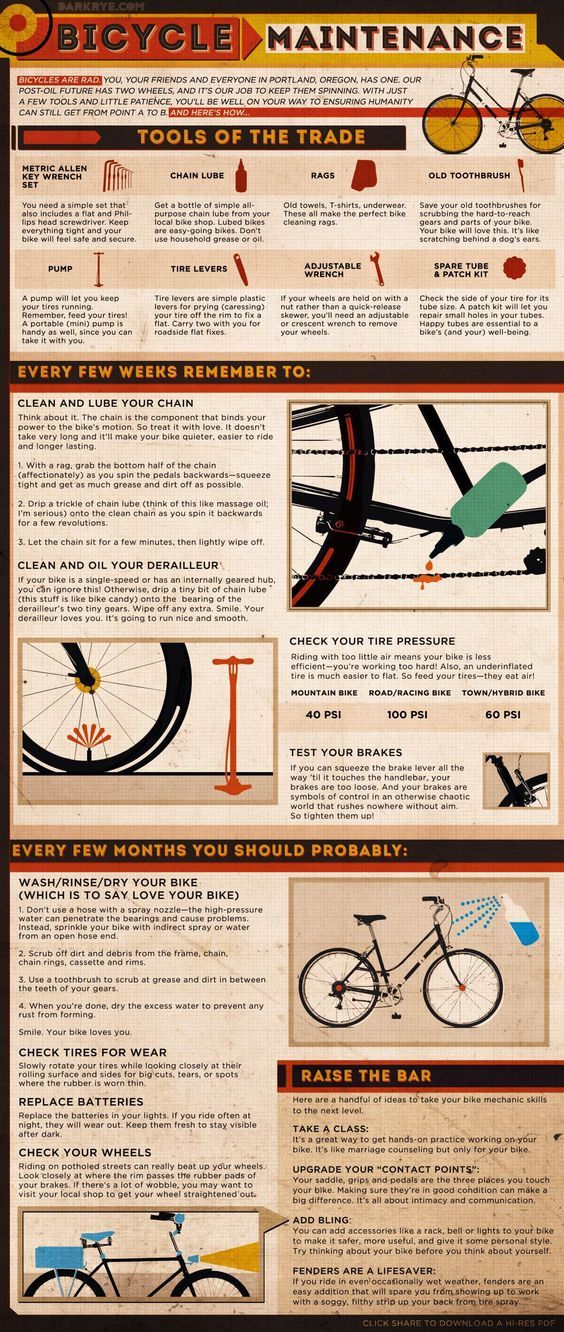
Many items undergo wear, but due to the frequency of use, it is most noticeable on tires. Every motorist at least once faced with such a problem. Finding a solution is very simple - just buy new tires. But next time it is important to determine why this happened.
A lot depends on the speed of traffic, air temperature, road surface, tire pressure, vehicle load, etc. There are many factors that affect tire wear, but these wheel elements lose their original appearance during long-term operation in any case. True, if you properly handle rubber and know all the nuances, you can extend its shelf life.
The most common causes of tire wear are:

In general, rubber wear can be divided into two types:
If normal wear can only be said that the life of the tires has deservedly come to an end and you need to buy new ones, then with regard to premature wear, the following types are distinguished:
Tires often go bald after a couple of thousand kilometers. This is the first sign of uneven wear, which experts call patchy. Most often, he talks about the low quality of rubber, problems with the car, or the inexperience of the driver. Slip starts, hard braking and aggressive driving can kill any tire.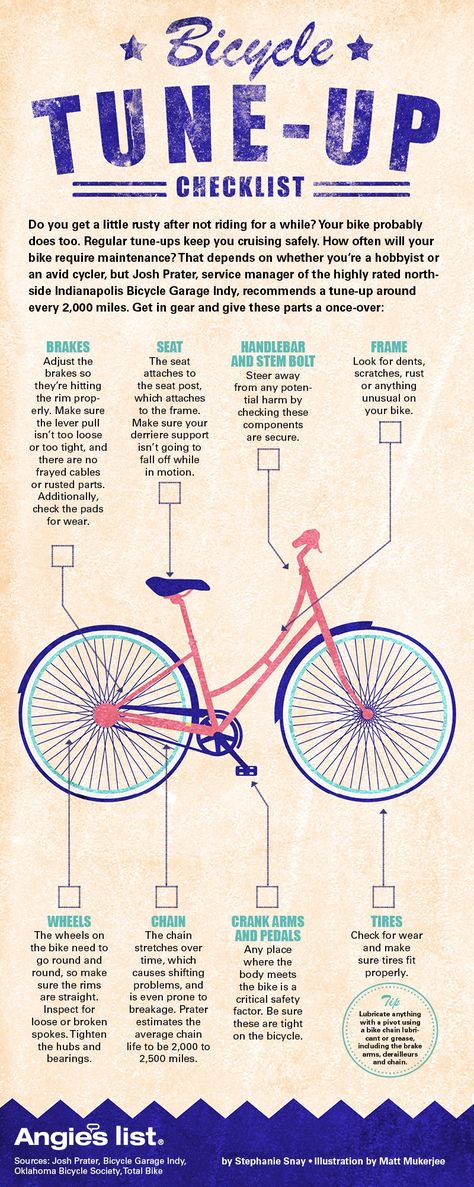 Even if there are winter tires, the car can fly off the road. You can correct the situation if you replace the rubber or adjust it on a special stand at the service station.
Even if there are winter tires, the car can fly off the road. You can correct the situation if you replace the rubber or adjust it on a special stand at the service station.
There are three main causes of wear:
Tires wear out both on the inside and on the outside with increased pressure, fast braking and inept driving. If the wear is uneven and one side has worn more than the other, then the tires can be swapped, but this action should be performed by a professional. The best way to correct the situation is to contact the tire service.
Each driver decides for himself whether to ride on bald tires or buy a new one, but it's better not to risk your own life and the lives of others. It is recommended to regularly diagnose and monitor the condition of the tires.
Worn tires can lead to accidents at any time of the year and in any weather.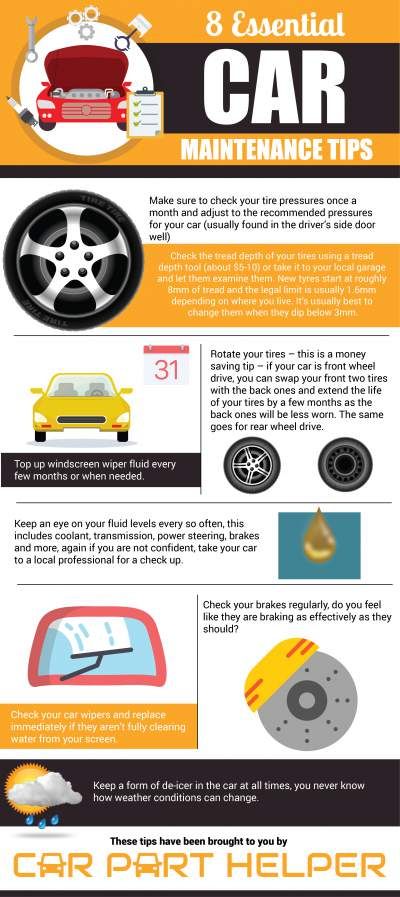 Thinking that good tires are needed only in ice is a mistake. A worn out tread does not provide proper grip even with high-quality road surfaces in dry weather. In the rain, the behavior of the car is generally unpredictable. Hydroplaning on bald tires can lead to an accident.
Thinking that good tires are needed only in ice is a mistake. A worn out tread does not provide proper grip even with high-quality road surfaces in dry weather. In the rain, the behavior of the car is generally unpredictable. Hydroplaning on bald tires can lead to an accident.
Difficult to brake with bald tires, especially on slippery surfaces. A strong turn of the car, unexpected turns can lead to an accident. Most often, these situations happen to those who do not conduct timely diagnostics and do not buy new high-quality tires. It is important to note that the average life of any rubber is 5 years.
The driver must regularly check the wear. Such tires very often puncture, slide on water, lead to an accident, reduce braking and stability on the track. The total wear limit is 1.6 mm.
The following methods of determination are distinguished:
